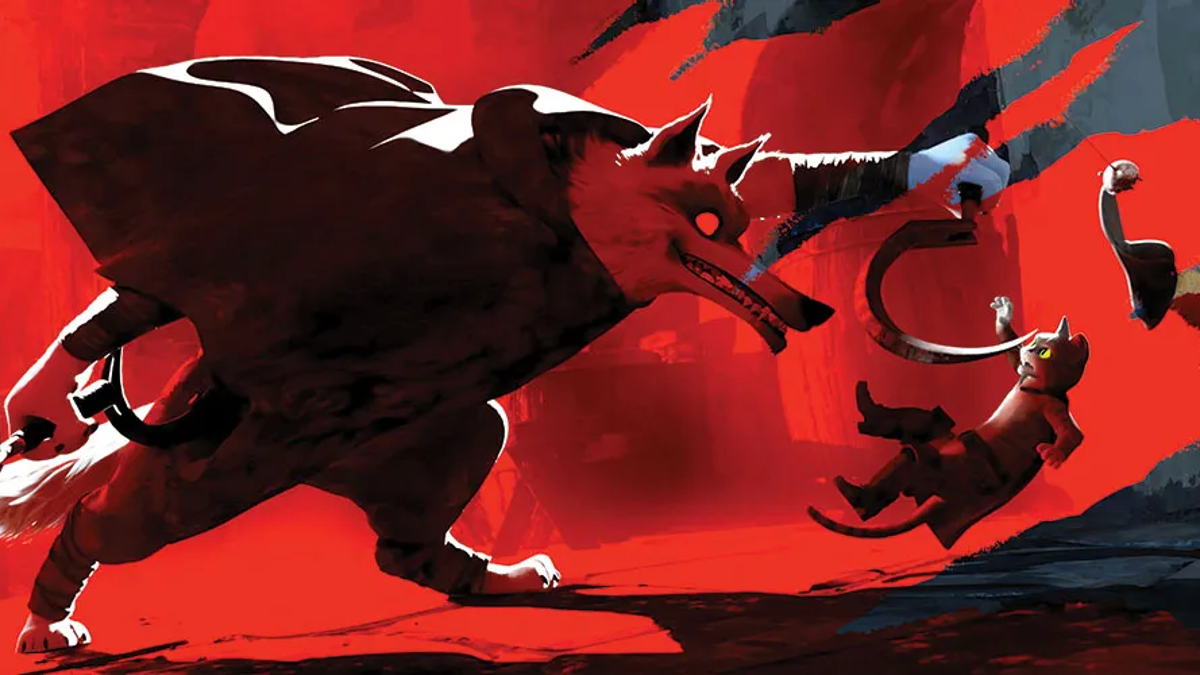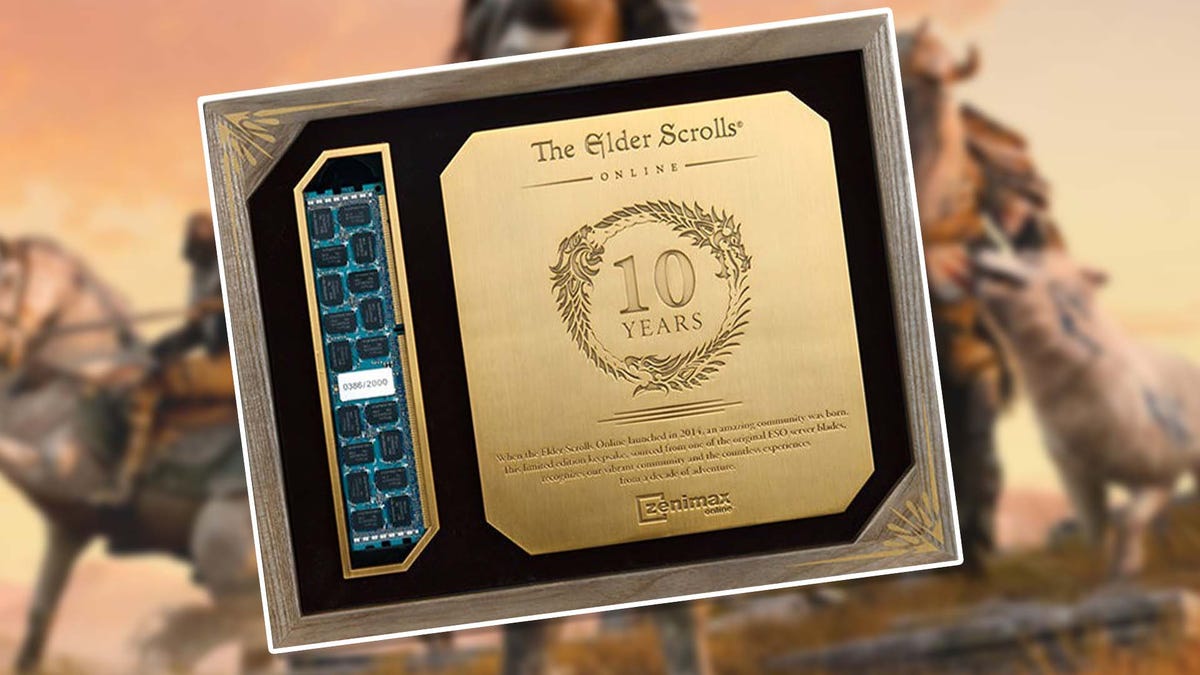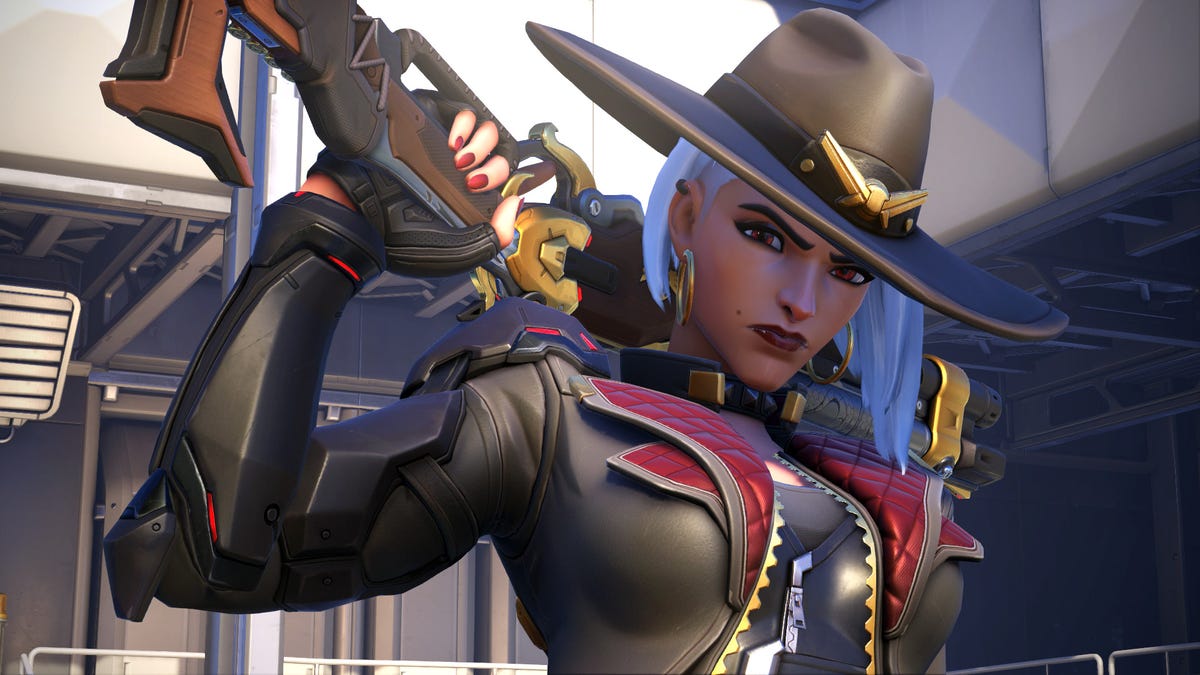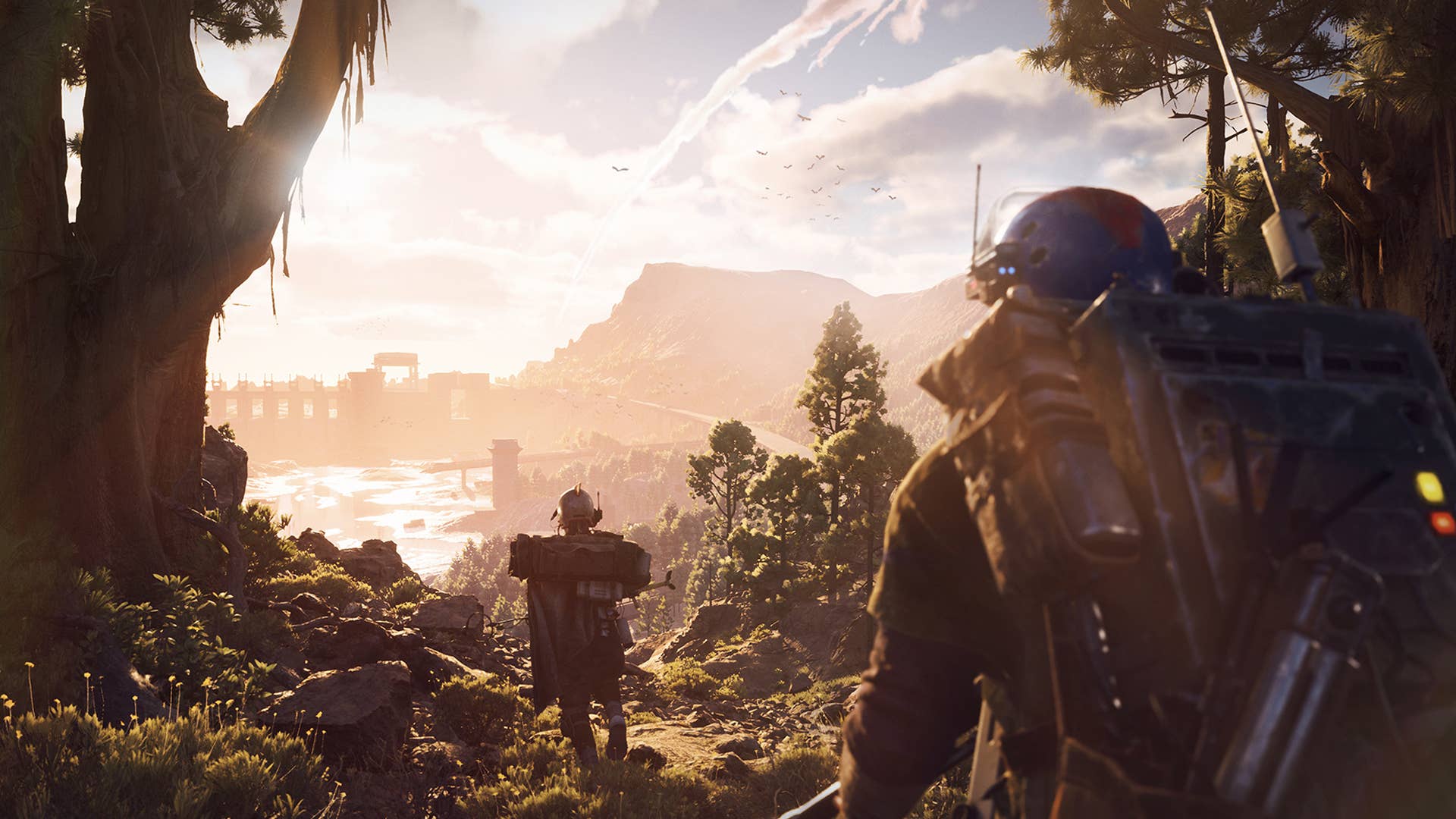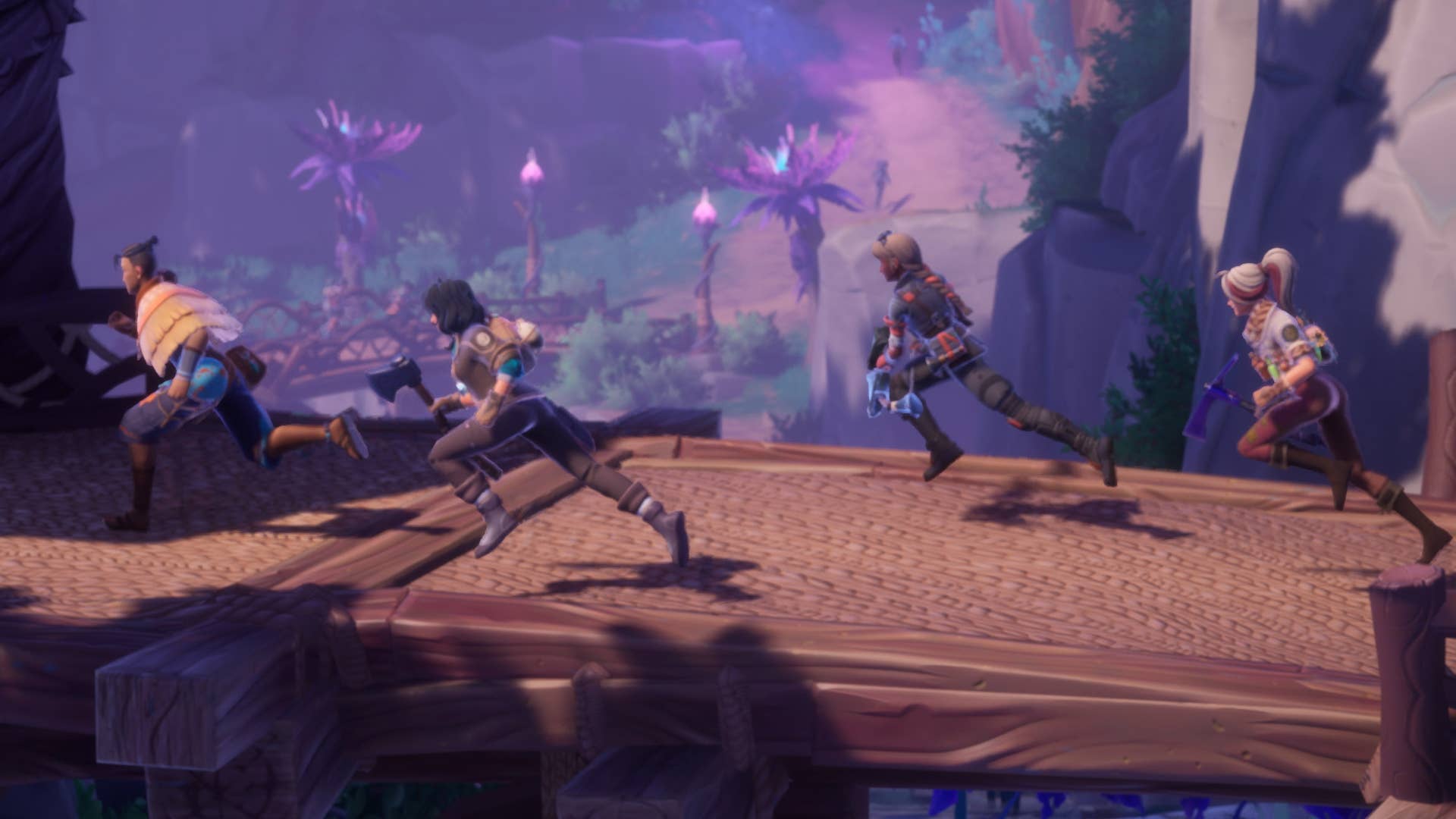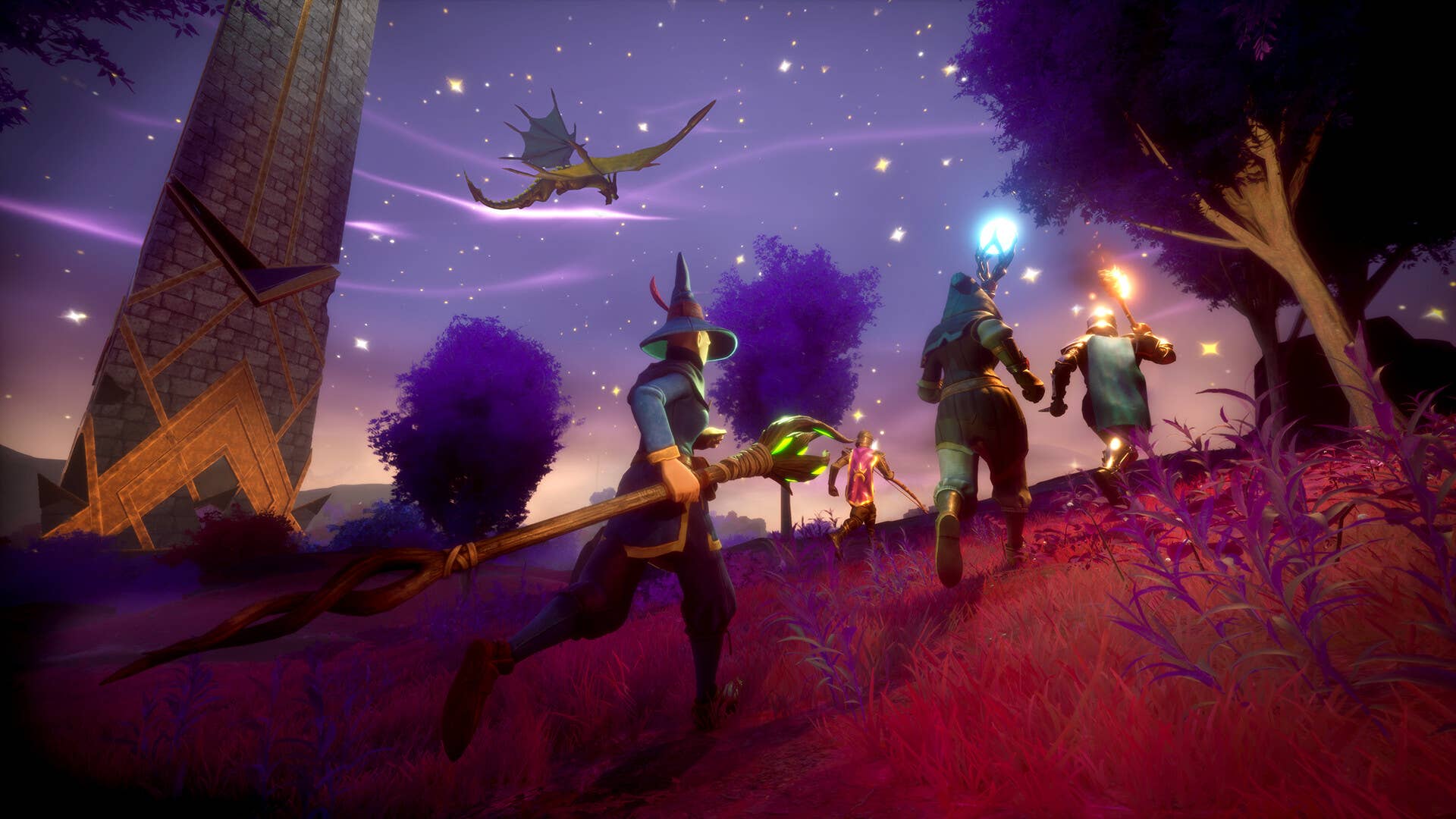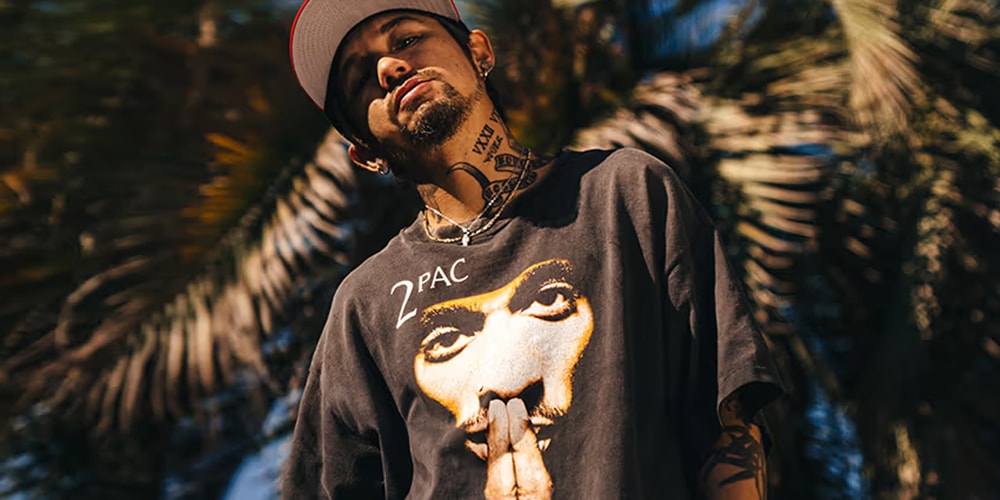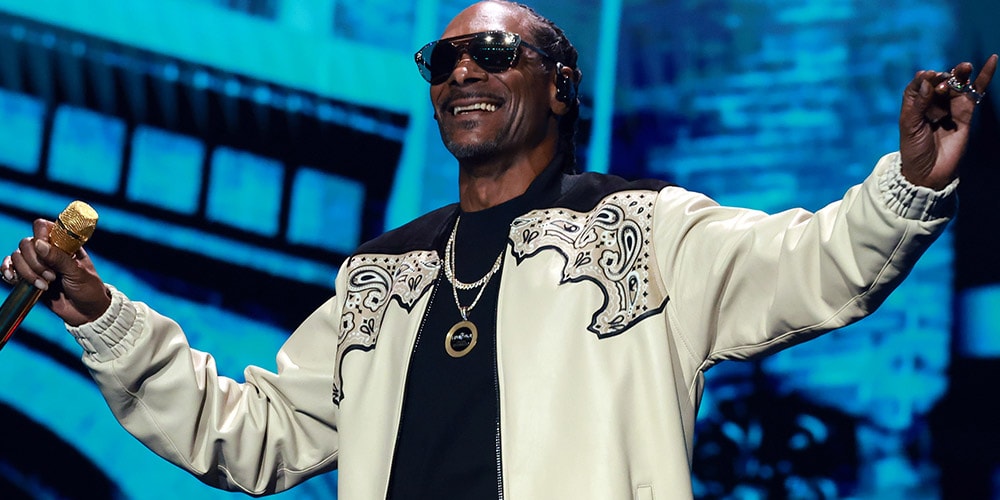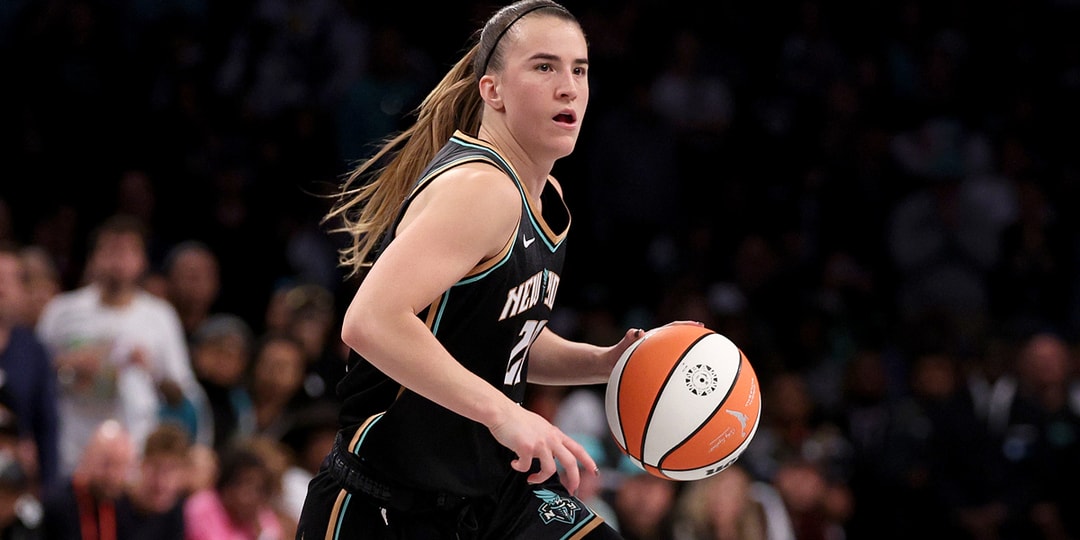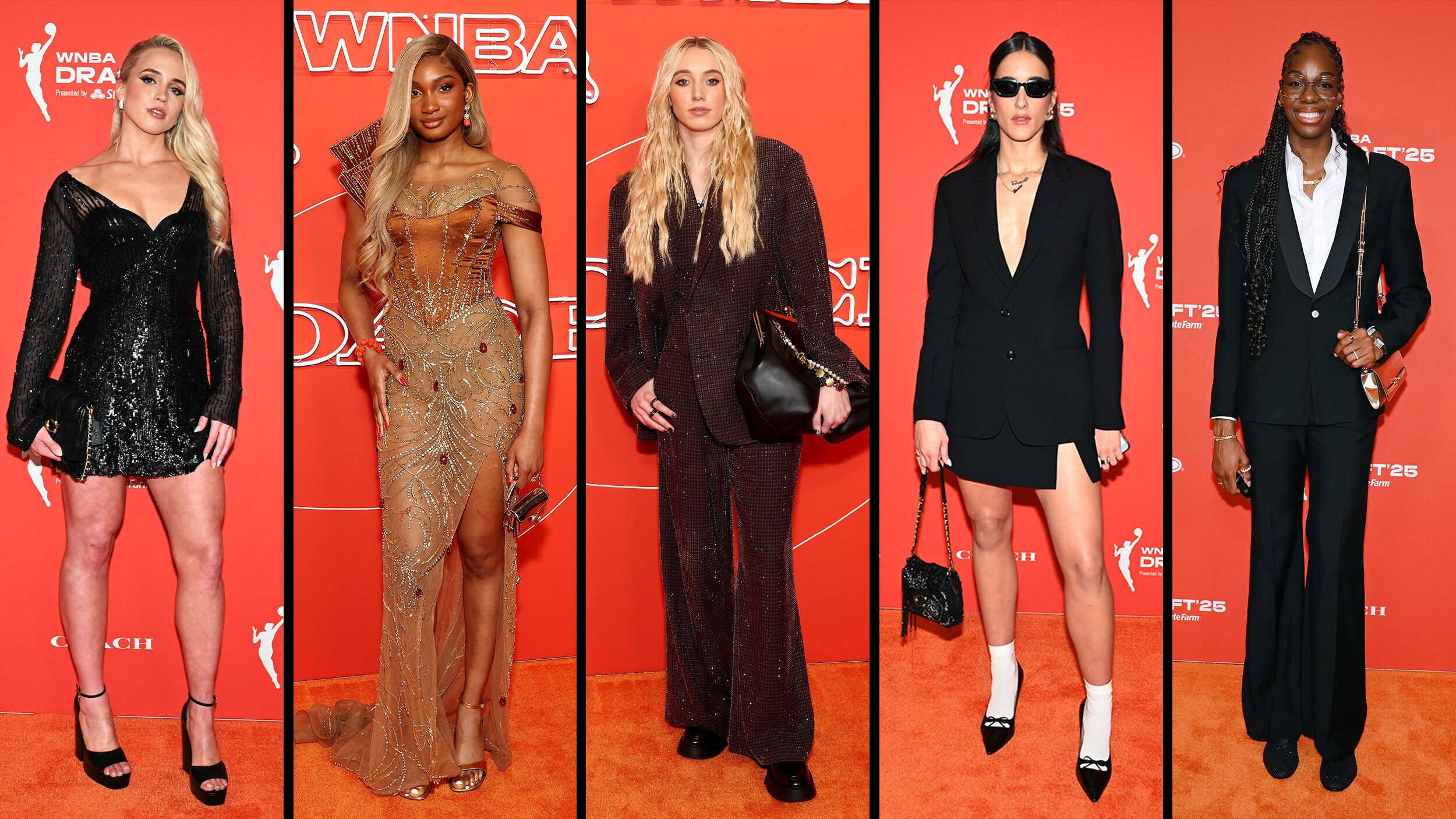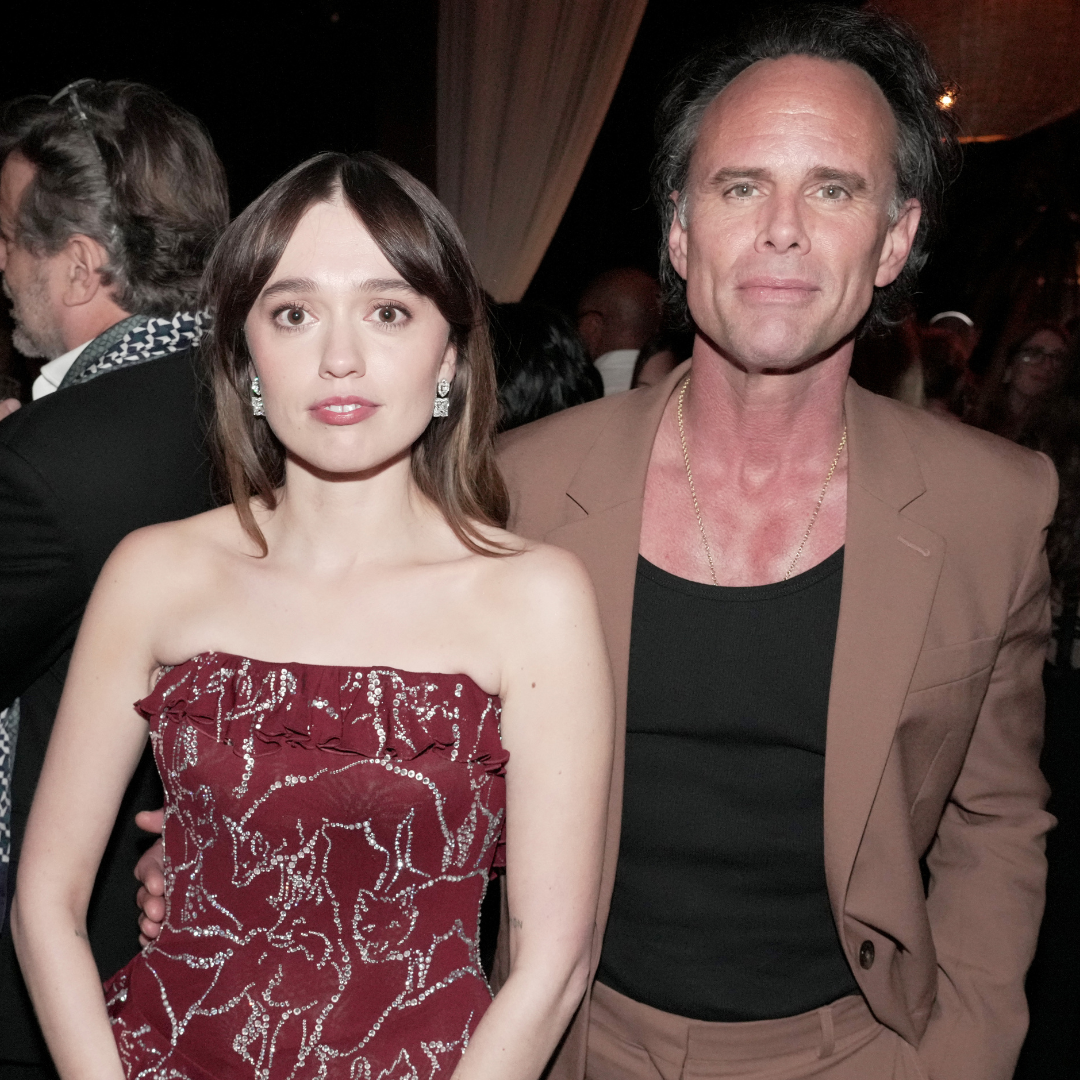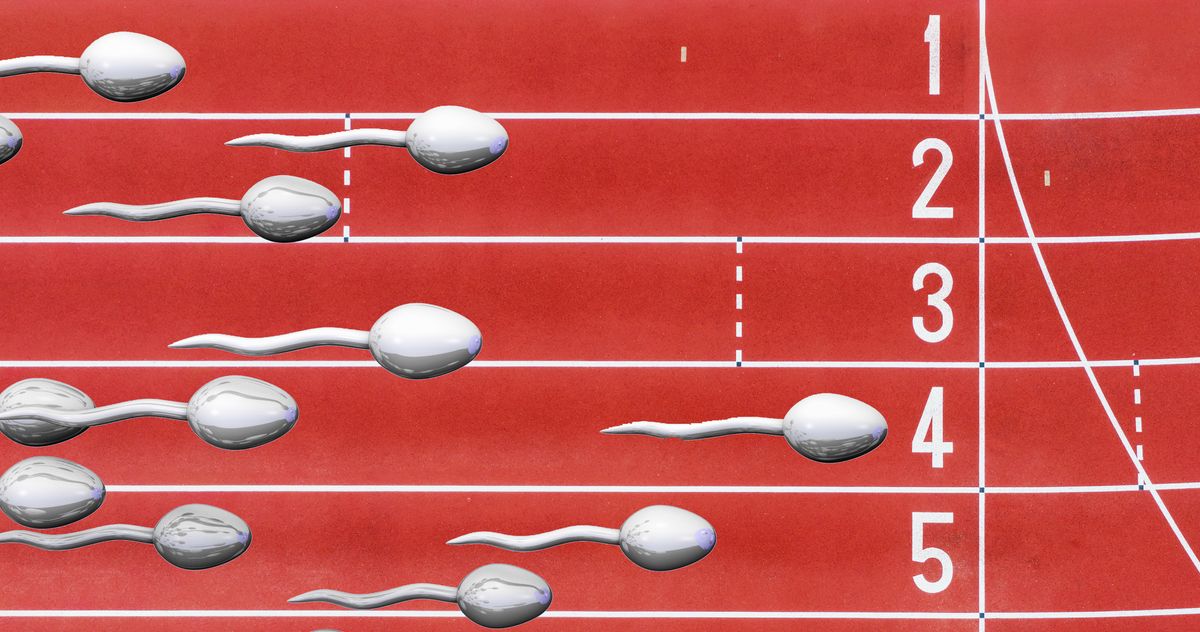Is 2025 the year of FGC’s esports rise?
Capcom Cup showcases its $2m prize pool. Image credit: Capcom When you think of esports, the games that initially come to mind include MOBAs like League of Legends and Dota 2 or FPS titles like Counter-Strike 2 and VALORANT. But fighting games have consistently grown their own scene and it seems 2025 could be the … Continued The post Is 2025 the year of FGC’s esports rise? appeared first on Esports Insider.
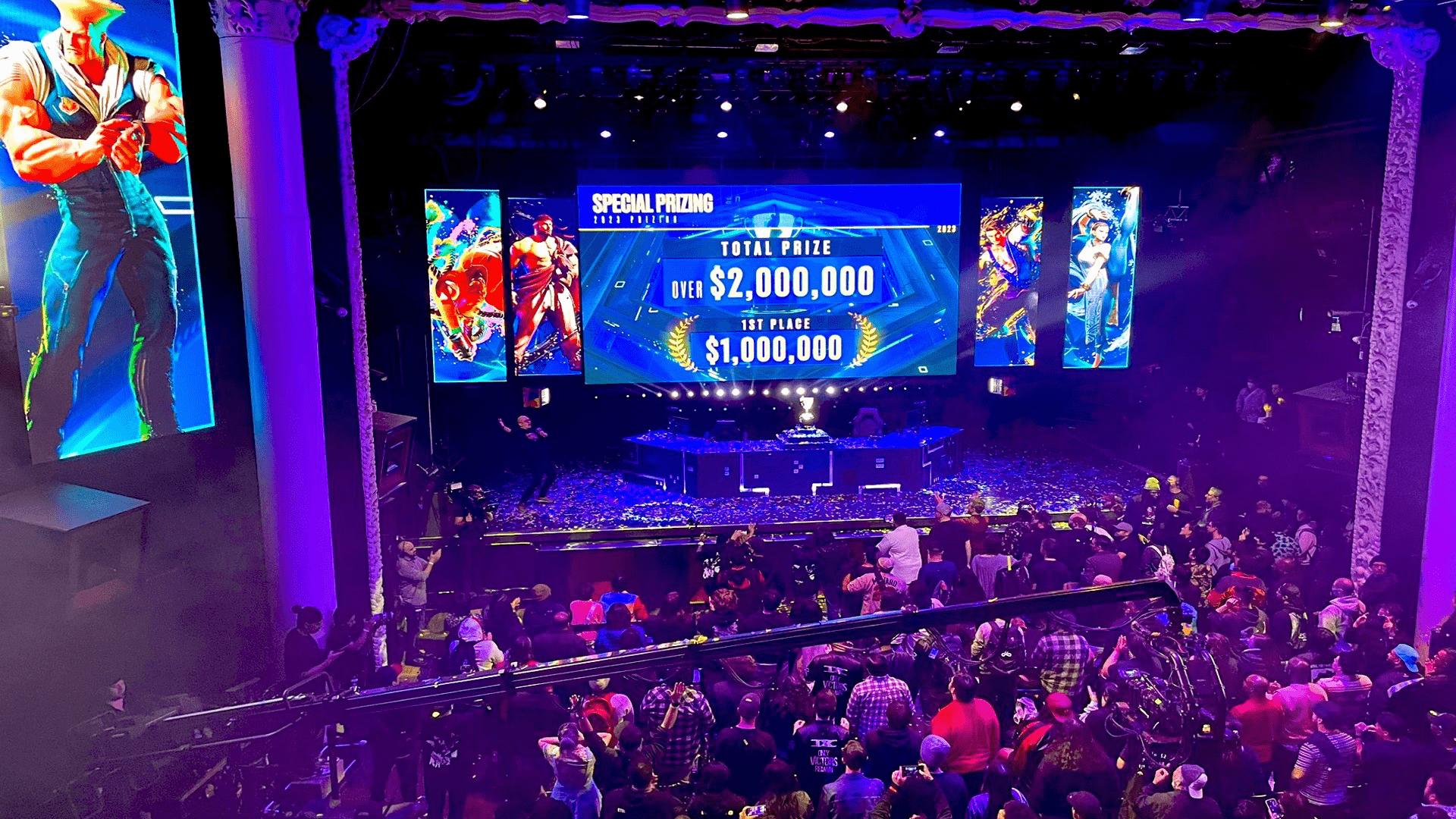
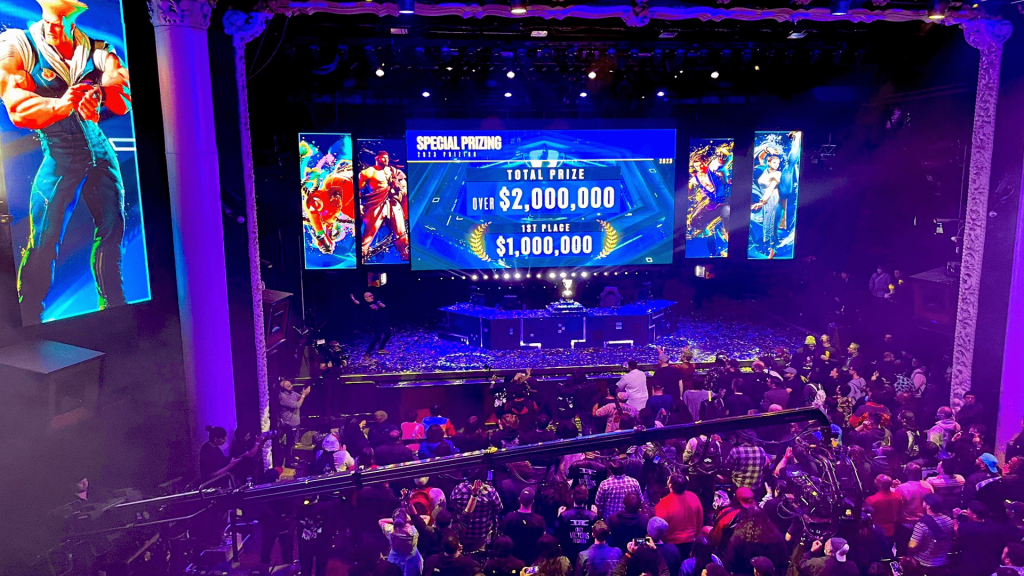
When you think of esports, the games that initially come to mind include MOBAs like League of Legends and Dota 2 or FPS titles like Counter-Strike 2 and VALORANT. But fighting games have consistently grown their own scene and it seems 2025 could be the year it becomes more mainstream.
Fighting games have always had a competitive following dating back to when people had to leave their homes to play video games at an arcade.
Street Fighter became many teens’ obsession in the 1990s and legends Adam Heart and Peter Rosas were popping up in certain cities. Capcom even held tournaments in the early 90s, including the Capcom U.S.A’s California Street Fighter II Tournament won by Tony Tsui, who was discovering a lot of highly complex techniques at the time.
Despite being around so long and continuously having support from developers (ignoring Nintendo), fighting games like Street Fighter, Mortal Kombat, and Tekken never seemed to get the same recognition as multiplayer games.
For example, Capcom Cup X‘s Street Fighter Grand Final had 311,610 peak viewers while League of Legends Worlds 2024 had 6.94m peak viewers and Intel Extreme Masters Cologne 2024‘s Grand Final match hit 1.05m peak viewers.
Old Games, New Fans
The FGC (Fighting Game Community) has long discussed why their esports scene has never grown as big as League of Legends, Dota 2 and Counter-Strike 2. It’s hard to pinpoint exactly why, but many believe it could be the seriousness that comes with having a long-standing and committed scene.
Decades of passion come with a bit of gatekeeping. The scene often discusses the difficulty of different fighting games and the dedication it takes to be good enough to even compete at local events. It can be intimidating to even bother.
This has been something that Capcom and Bandai Namco are well aware of. Over recent years, the developers behind Street Fighter and Tekken have continued to implement features that made the games more inviting to new players, like Street Fighter 6’s Modern Controls which simplify the game to make matches more satisfying to newer players.
On the esports side of things, Bandai Namco has made it a massive part of its mission for Tekken to create more accessibility in under-represented regions by building up local scenes that have qualifying tournaments. This has led to a lot of new countries sending top players to the Tekken World Finals each year.
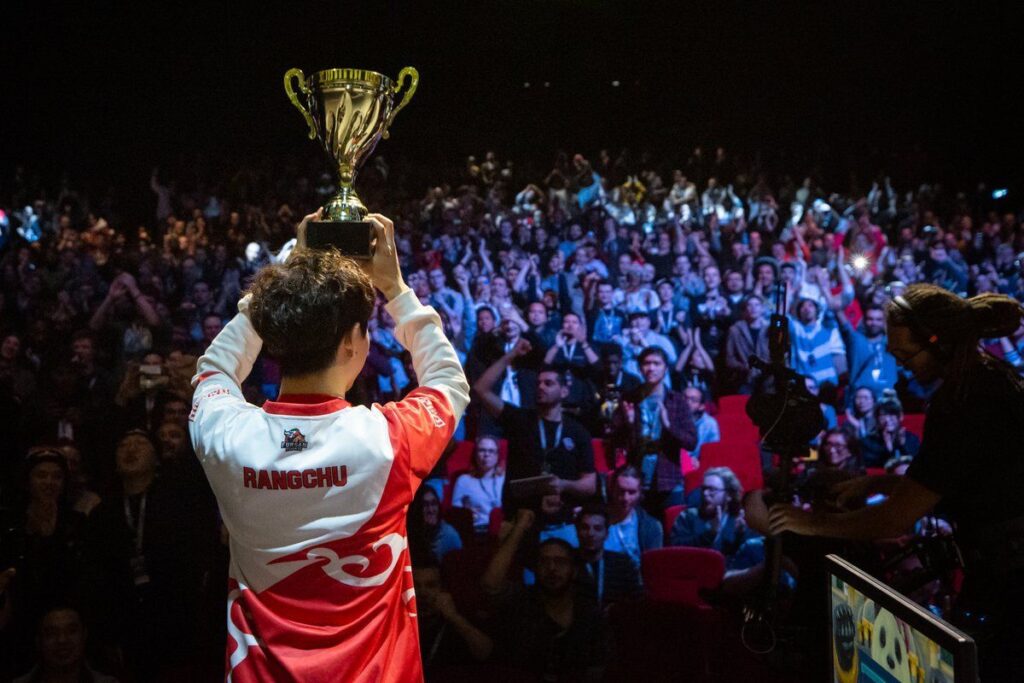
When asked about surprising countries at Tekken World Finals 2024, Senior Esports Manager Kasumi Yogi told Esports Insider: “We’ve seen some fantastic players from Africa. A lot of players from South America and Central America as well.
“What I learned myself is that there are way more regions that have super, super heavy hitters lobbying against each other, practising against each other. Tight communities that Tekken brings together. I love that stuff.”
When these countries have representatives at the largest tournaments, that means more fans from those countries tune in to watch the tournaments — and start playing the game themselves. With big fighting games like Street Fighter and Tekken appealing to new players and fans who may have previously felt underrepresented and intimidated, 2025 could see the fighting game scene get past its previously cold demeanour.
New Games, Old Devs
The demise of Super Smash Bros.’ FGC esports scene can be traced back very easily — not just a lack of support from Nintendo, but potential sabotage.
The pro-Super Smash Bros. Melee scene has been around for quite some time, with independent tournament organisers hosting Smash events for the past 20 years. It was always grassroots, however, due to no backing from developer Nintendo.
This meant smaller prize pools and no support for tournament organisers, which had to fund events out of pocket. This kept the Smash scene from growing as large as even other fighting games.
While games like Tekken have over $1m (~£806,000) in prizing for its main circuit, some Super Smash Bros. Melee and Ultimate pros need full-time jobs to have the money to travel to events — where they’d often win just a few thousand bucks for placing first after days of grinding.
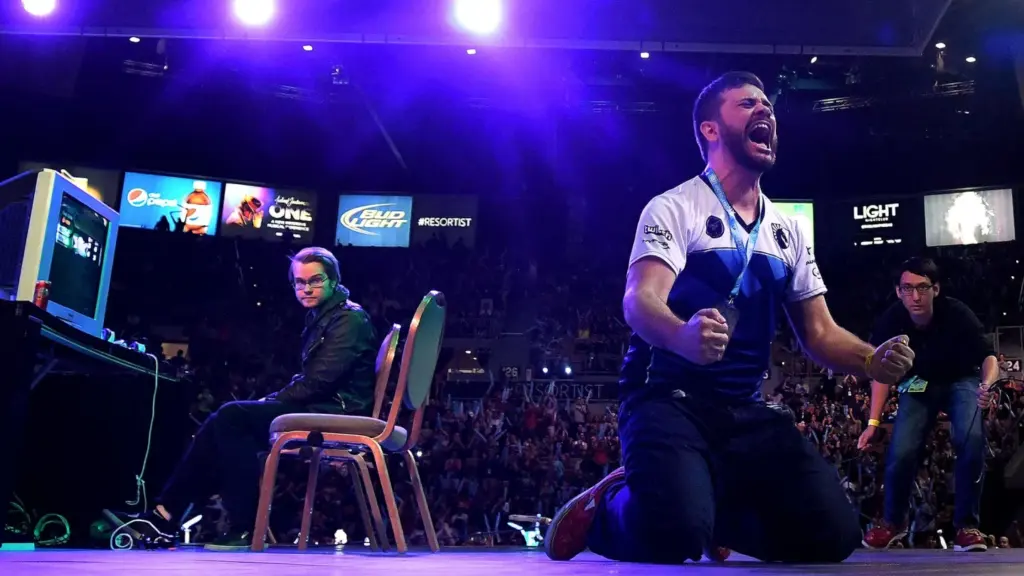
Super Smash Bros. has always survived simply out of passion and spite. But the game has declined heavily in the past few years thanks to Nintendo actively attempting to stop it from existing. By creating impossibly tough restraints on tournament organisers and causing chaos with its own failed circuit, the scene has become smaller than ever as more organisers drop out.
Fighting games need their developers’ support to thrive — especially if they want to get anywhere close to the success of League of Legends and Apex Legends, which have tournament structures and circuits overseen by their creators. Riot has been one of the most successful at this, as proven by the ongoing popularity of League of Legends and the quick growth of VALORANT. Now, Riot Games has a fighting game on the way — 2XKO.
The stylised and technical two-versus-two fighter features popular League of Legends characters and emphasises teamwork and strategy. It’s set to come out in the summer of 2025, but no specific date has been revealed.
With Riot undoubtedly supporting 2XKO’s esports scene, expect a highly structured season full of teams from the biggest organisations, decent prize pools, tournaments to watch — and plenty of hype. With more eyes on FGC thanks to Riot’s marketing, it seems like this could be the big break that the scene needs to become mainstream in esports.
Is it possible that Nintendo will see the error of its ways as other FGC titles start to thrive in 2025? Super Smash Bros. is likely getting a new title — or new iteration of Ultimate — for the upcoming Nintendo Switch 2. This will revive some lost excitement over the fighting game and pump up the esports scene, but it will only grow so much without Nintendo’s blessing.
The post Is 2025 the year of FGC’s esports rise? appeared first on Esports Insider.





























































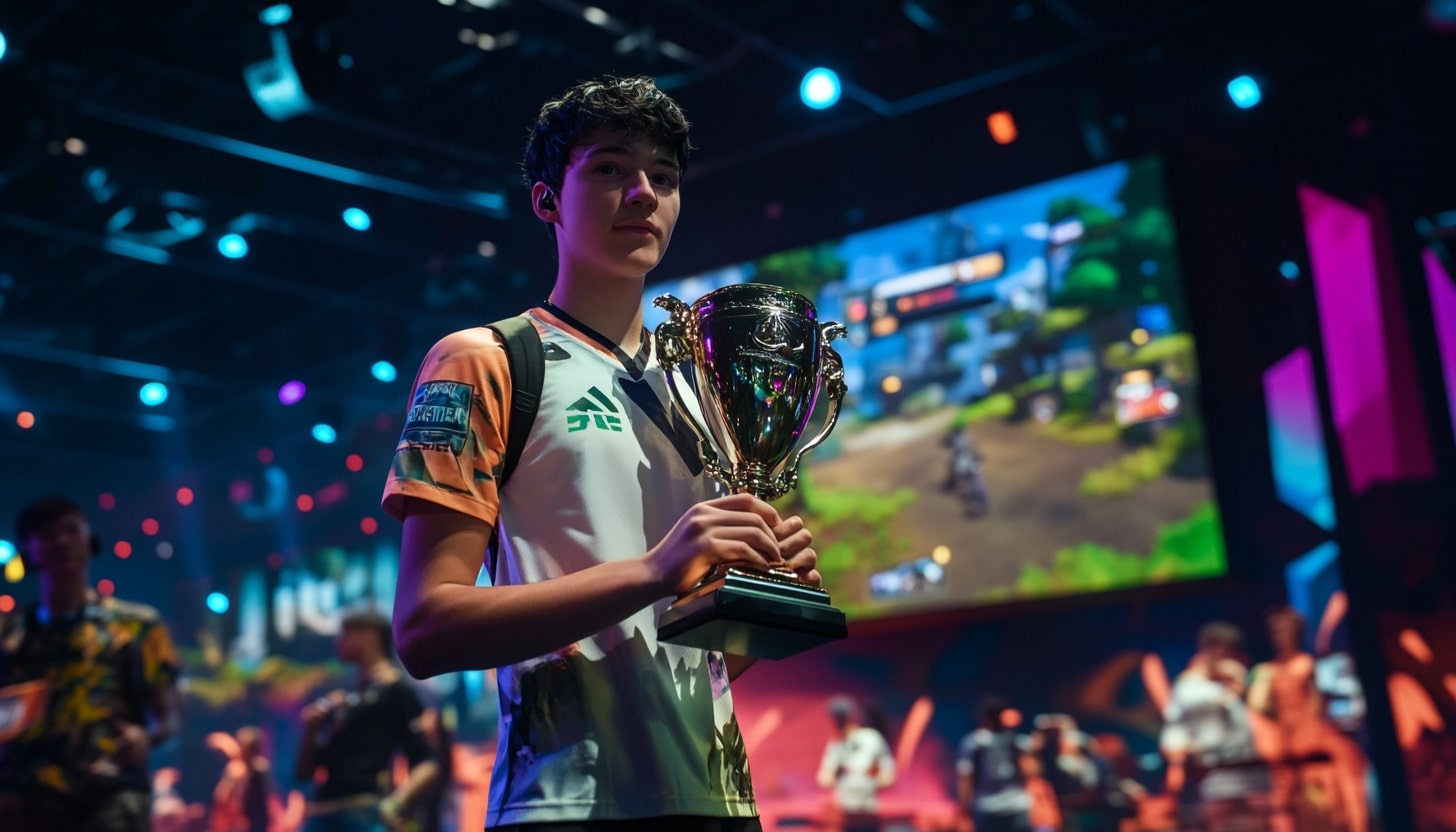




-Baldur’s-Gate-3-The-Final-Patch---An-Animated-Short-00-03-43.png?width=1920&height=1920&fit=bounds&quality=70&format=jpg&auto=webp#)









